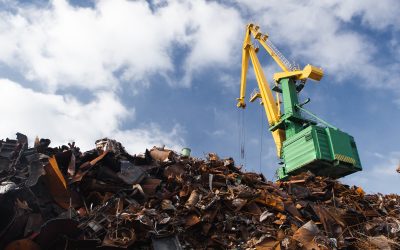Over the centuries, nickel coating has grown and evolved. The most common form of nickel coating is actually electroless nickel plating. While nickel electroplating is becoming more popular, the electroless version is better known. In fact, it is a very common method of enhancing the properties of a substrate metal. With advances in technology, the applications of nickel have increased.
Electroless Nickel Plating: The Process
Electroless nickel plating is a process of deposition. However, unlike nickel electroplating which involves electrical deposition, electroless plating results from chemical deposition. This results in another name for the process – autocatalytic coating. The procedure involves creating a protective coating on the substrate metal by using a chemical bath. The solution comprising the bath is a “reduction” solution. The agent that makes up the reduction solution is most frequently sodium hypophosphite (approximately used 99% of the time). Other potential reduction agents are:
- Sodium borohydride
- Dimethylamine borane
The purpose of the process is the same for any method of plating – chemical or electrodeposition. The surfacing metal – nickel, is to form a layer on the metallic surface of the substrate. The intent is achieve certain protective results.
Choosing Electroless Nickel Plating: Basic Reasons
The intent of any coating is to improve the overall properties and often appearance of the chosen substrate metal used to create the component. By opting for electroless nickel plating, manufacturers are providing the base metal substrate with a range of desirable chemical and physical properties. Among the reasons they choose the electroless nickel plating option are the following:
- Improved resistance to corrosion and wear and tear – The major reason behind this choice by steel component manufacturers
- Increased level of hardness – Depends upon the phosphorous content
- Natural lubricity
- Effective and uniform coating – This is true even when the shape is geometric and the edges are complex, rough or sharp
- Less porous – When compared to electroplated nickel as well as hard chrome
Finishing companies who utilize the process understand other benefits. Not only does the process of electroless nickel plating provide a smooth surface (with less coats required), the process allows the operators to have better control. They can provide the right thickness for a wider array of parts, expanding the potential for industrial application. In addition, the process requires less equipment than electroplating.
Combining all these factors means the entire process is very cost-effective for operators and component manufacturers both. Industries realize that by turning to electroless nickel plating they can reduce the cost while providing protection against the harsh environments encountered by many of the parts when employed in their tasks.
Electroless Nickel Plating
Electroless nickel plating is a common form of protective coating for a substrate metal. This may be aluminum, carbon steel, stainless steel or titanium. Its ability to be applied in a uniform layer is popular among the finishing companies who utilize this technique. For manufacturers, however, it is something more. Oil field valves, drive shafts, pumps and engineering equipment all owe their capability to remain functional under stressful conditions due to the cost-effective measures of electroless nickel plating.



